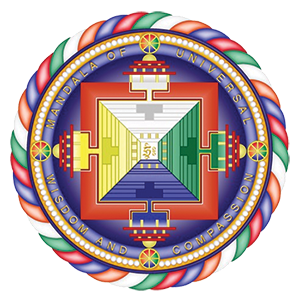(2 credits) This course will provide a broad-based survey of the history of Buddhism in India and Tibet. The course may begin by discussing the historical and cultural context out of which Buddhism emerged, namely the Vedic period and Vedic traditions that preceded classical Hindu traditions in India. From here we will discuss the brahmana (ascetic) movement, the life of the historical Buddha, and the formulation of the early sangha.
After discussing Buddhism during the lifetime of the Buddha, we will cover the early history of Buddhism including the early Buddhist councils, the creation of the Buddhist canon, and the formulation of early Buddhist schools. We will then cover the beginnings of the Mahayana, the early Mahayana philosophers and the intellectual history of Mahayana Buddhism in India. In addition to reading histories of Buddhism, we will also read and discuss scholarly articles about the proper methods for approaching and understanding this history.
We will then turn our attention to the transmission of Buddhism from India to Tibet. We will discuss the key figures in both the early and later disseminations of Buddhism to Tibet and the key events which helped shape the forms Tibetan Buddhism takes today. This portion of the course will be divided into two sections: the early transmission and the later transmission. Each of the four major Tibetan Buddhist schools as well as the indigenous Bon tradition, their histories, key figures, texts and lineages will be discussed.
Students will gain a comprehensive understanding of Buddhist beginnings in India, its history and development in the land of its origin, and the manner in which the tradition was transmitted to Tibet. In addition, students will gain a detailed understanding of the religious and intellectual history of Buddhism in Tibet, including the key figures, lineages, texts, and practices which make the schools of Buddhism in Tibet unique.


